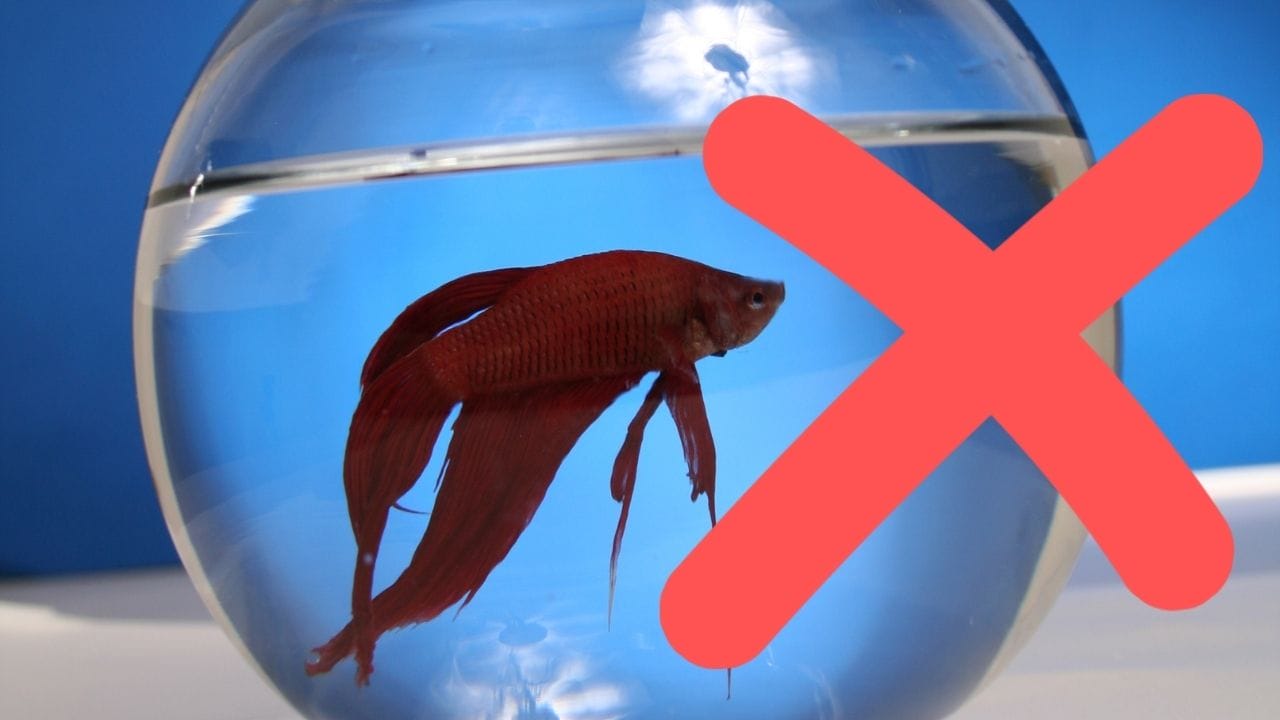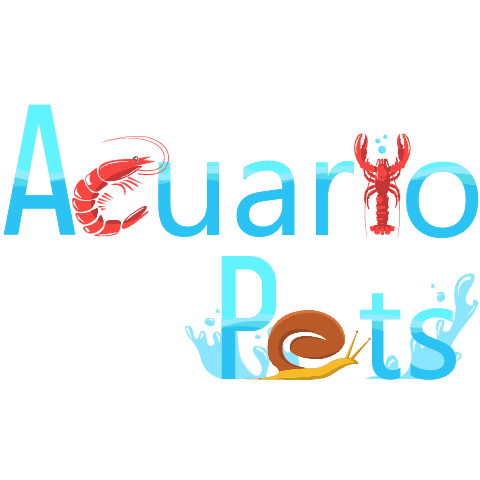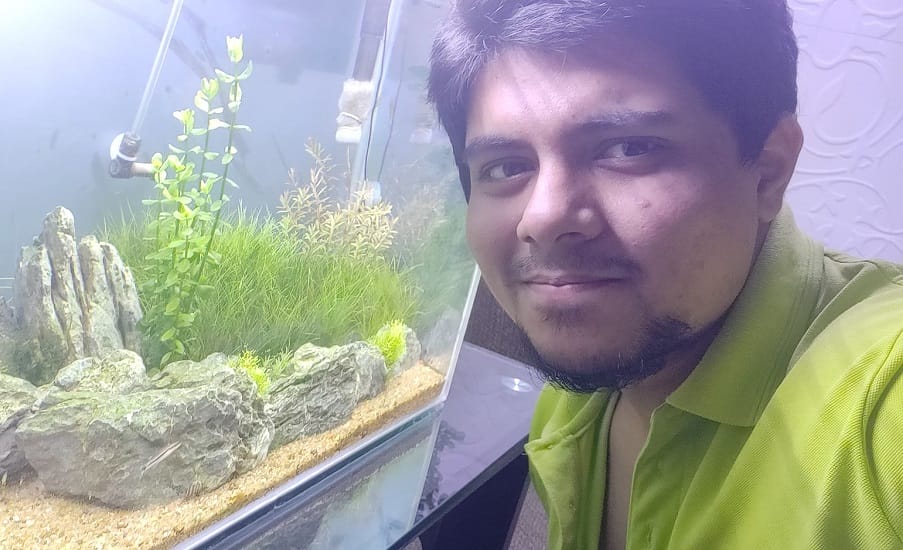This post was created with help from AI tools and carefully reviewed by a human (Muntaseer Rahman) . For more on how we use AI on this site, check out our Editorial Policy.
Check Out These FREE Tools We Made JUST For You!
Can You Keep Betta in A 3-Gallon Tank? [And is It a Good Idea?]

You can keep a betta in a 3-gallon tank. But should you? Not really.
A tank that small is more like a test of your patience and your fish’s will to survive. Bettas are tough, yes. But even they have limits.
Why It’s a Bad Idea
A 3-gallon tank sounds fine—until you actually try maintaining it. Here’s what goes wrong:
Low Oxygen
Small tanks don’t hold much oxygen. Your betta can breathe surface air thanks to its labyrinth organ, but that doesn’t mean low-oxygen water is okay. Sluggish behavior, poor digestion, and even organ damage can happen over time.
No Room to Move
Bettas aren’t lazy. They explore, patrol, flare at stuff. A 3-gallon setup cramps their style. When bored or stressed, they start biting their own fins. Not a pretty sight.
Water Quality Swings
In tiny tanks, ammonia and nitrite build up fast. You miss one water change? Things get toxic quick. Even things like leftover food or dead plant leaves can throw the balance off.
Nutrient Problems
Clean water isn’t just about avoiding toxins. Bettas also rely on minerals like calcium and phosphate. Small tanks make it hard to keep those levels steady. You either overdo it or strip everything out trying to fix one issue.
High Maintenance
To make a 3-gallon work, you’ll need to do water changes every 4–5 days. No skipping. Every week and a half max. You’ll also need a filter, heater, test kits, and sometimes meds just to stay ahead of disaster.
That’s a lot of effort for a setup that barely works.
“But Aren’t Bettas Hardy?”
That’s the myth, isn’t it?
People think bettas lived in puddles. But wild bettas actually lived in shallow but large rice paddies. These areas had tons of plant cover, moving water, and more space than you’d expect.
Yes, bettas can breathe air. Yes, they’ve survived in small bowls. But surviving isn’t the same as thriving.
So What’s the Right Tank Size?
Five gallons is the bare minimum. If you care even a little about your betta’s quality of life, don’t go below that.
But if you ask me, 10 gallons is the sweet spot. More stable, easier to decorate, and your fish gets room to actually live—not just exist. You also get more flexibility with filters, plants, and heating without turning the tank into a crowded mess.
What If You Already Have a 3-Gallon Tank?
If that’s what you’ve got, here’s how to make the best of it:
- Use a gentle filter and a heater.
- Add floating plants, a small hideout, and 1-2 decorations. Keep it simple to avoid cramping the space.
- Change the water every 4 days. No excuses.
- Use conditioned water or a good dechlorinator.
- Feed tiny amounts. Don’t use live food—it messes up the water fast.
- Interact with your betta daily. Tap the glass, draw on it with erasable marker, anything to keep them curious.
Is it doable? Yes. Is it ideal? No.
Why a 10-Gallon Tank Saves Everyone
Here’s what changes when you upgrade:
- Water stays clean longer.
- Fewer chemicals, fewer surprises.
- Your betta swims more, flares more, eats better, and actually enjoys life.
- You relax more. Less cleaning, fewer emergencies, and more time just watching your fish be awesome.
And guess what? A 10-gallon tank doesn’t take up much more space than a 3-gallon one. But it makes a huge difference in how easy your life becomes—and how happy your betta is.
Final Verdict
A 3-gallon tank is like putting your betta on hard mode. They might make it, but they won’t love it—and neither will you.
Start with 5 gallons if you must. But go for 10 if you really want a happy, low-stress setup.
Your betta will thank you. So will your sanity.
About Author
Hello, I’m Muntaseer Rahman, the owner of AcuarioPets.com. I’m passionate about aquarium pets like shrimps, snails, crabs, and crayfish. I’ve created this website to share my expertise and help you provide better care for these amazing pets.
Disclaimer
This site is owned and operated by Muntaseer Rahman. AcuarioPets.com is a participant in the Amazon Services LLC Associates Program, an affiliate advertising program designed to provide a means for sites to earn advertising fees by advertising and linking to Amazon.com. This site also participates in other affiliate programs and is compensated for referring traffic and business to these companies.

